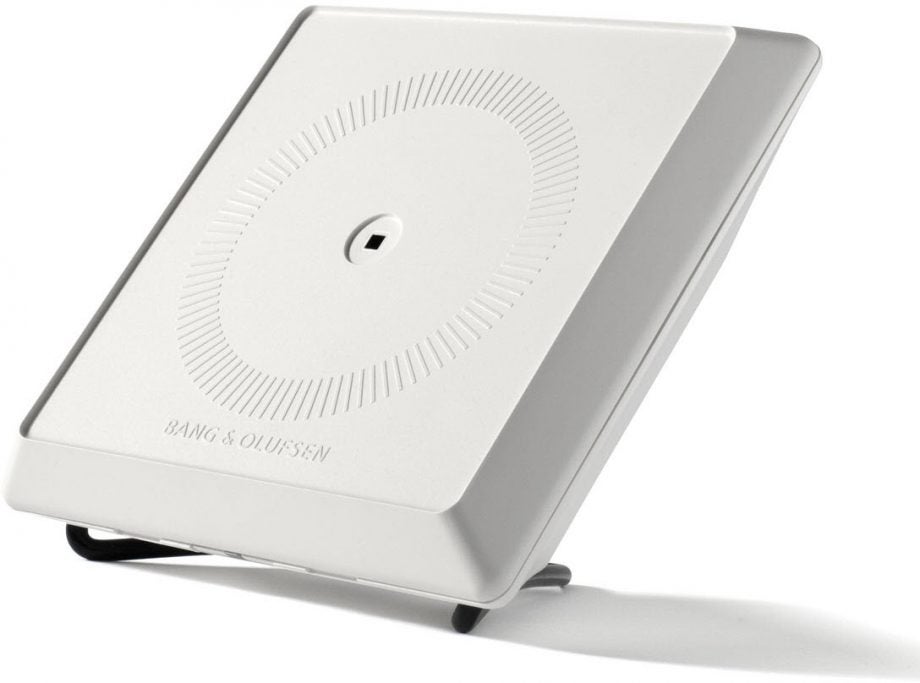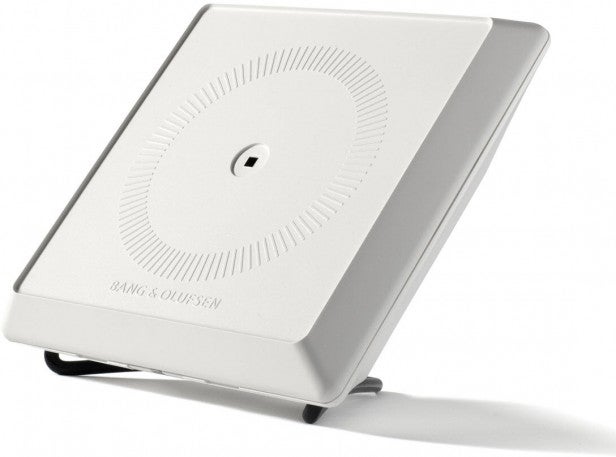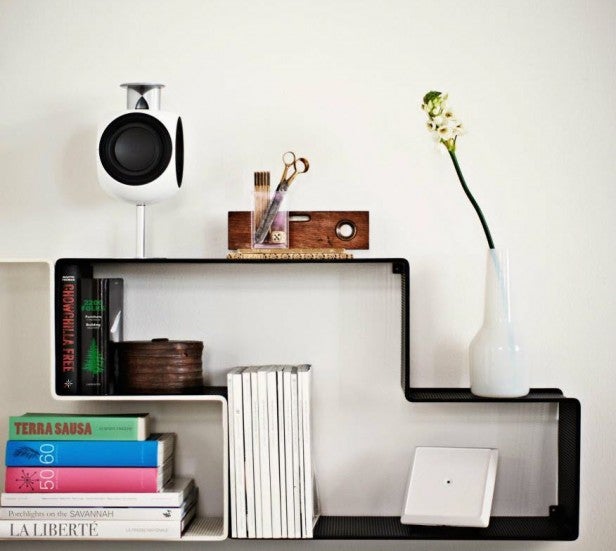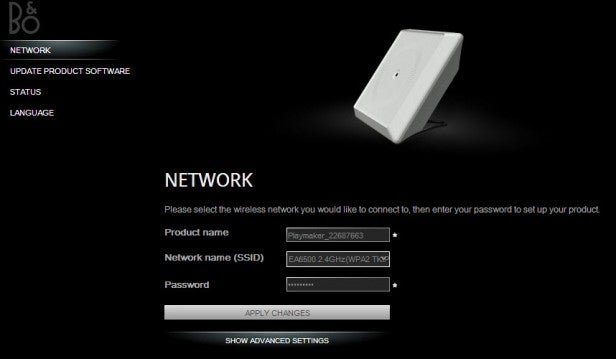Bang & Olufsen Playmaker Review
Bang & Olufsen Playmaker
B&O's wireless streamer supports DLNA as well as AirPlay, but otherwise gets it all wrong.

Sections
- Page 1 Bang & Olufsen Playmaker Review
- Page 2 Performance, Value & Verdict Review
Verdict
Pros
- Excellent DLNA & AirPlay Streaming
- Supports B&O's proprietary audio cables
- Touch sensitive volume and mute facia controls
Cons
- Ugly design and cheap build quality
- No optical or 3.5mm auxilliary outputs
- No way to switch output destinations
- Chronically expensive
Key Specifications
- Review Price: £349.00
- AirPlay & DLNA streaming
- Phono Ports
- B&O proprietary cable connections
- Touch sensitive volume controls
Introduction
Technology is a wondrous thing. It evolves at a
breakneck pace, offering more for less every year. Technology fans can
find it a full-time job just trying to keep up. Then again there are
times when it confuses us and with the Bang & Olufsen Playmaker,
this is one of those times…
Bang & Olufsen Playmaker – Design
The
head scratching begins the moment you take the Playmaker out the box.
Bang & Olufsen is famed for its radical design and swooping curves,
but the Playmaker is flat and square. In fact at 157 x 136 x 120mm and
512g, and available solely in white it looks somewhat like a bathroom
ceiling extractor fan.
Hands-on, this unflattering comparison
continues as the Bang & Olufsen Playmaker is also constructed from
cheap moulded plastic with a pop-off back that reveals its connections.
It looks like nothing from the current B&O range. All in all, it’s
the kind of product that’s most likely to elicit the reaction: “What on
earth is it?”

Bang & Olufsen Playmaker – Features
The answer to this question is quite straightforward: the Playmaker is B&O’s answer to Apple’s AirPort Express – that is to say a wireless streaming device that lets you play music stored on your tablet, smartphone, desktop PC or media server to any connected room in your house. Naturally enough, being a B&O device it also comes with a neat
twist: as well as adding AirPlay wireless streaming support to speakers,
it also caters for non-Apple owners with the addition of DNLA.
This
brings most modern smartphones, laptops and TVs out from the cold along
with games consoles. Another neat aspect is that the front of the
PlayMaker is touch sensitive with a circular volume dial and a central
mute button that help to bring the wow factor common to much B&O
kit.
Setup is simple too. Much like AirPort Express,
switch on the Bang & Olufsen PlayMaker and it puts out an 802.11n
2.4GHz wireless signal to which you connect and provide the settings of
your wireless network. You can input these either via a browser-based
settings page, or B&O’s dedicated Android and iOS apps. Once
recognised on the network the Bang & Olufsen PlayMaker offers itself
as an output to AirPlay and DLNA devices respectively. At this point,
you can connect some speakers. 
Sadly,
it’s at this point that we find ourselves scratching our head again.
Predictably, B&O fits a pair of its own proprietary speaker ports
for the likes of the BeoLab 3 (review coming soon), however there is no
standard optical output or 3.5mm auxiliary as on an AirPlay Express
device, just phono ports. Furthermore as all B&O speakers are active
(meaning they contain a built-in amplifier) the PlayMaker has not been
fitted with its own amp meaning the phono ports will only work with
other active speakers. Connecting the PlayMaker to a HiFi is one
solution, but for regular passive speakers you’ll need to connect the
phono cables to a separate amp and the amp to the speakers making it
somewhat messy and expensive (more on this later).

